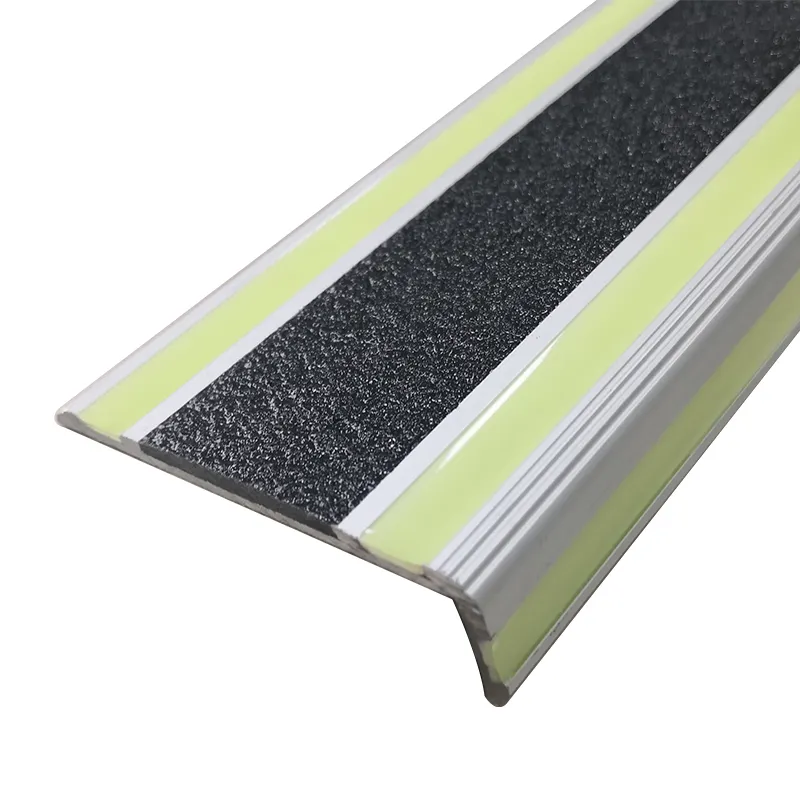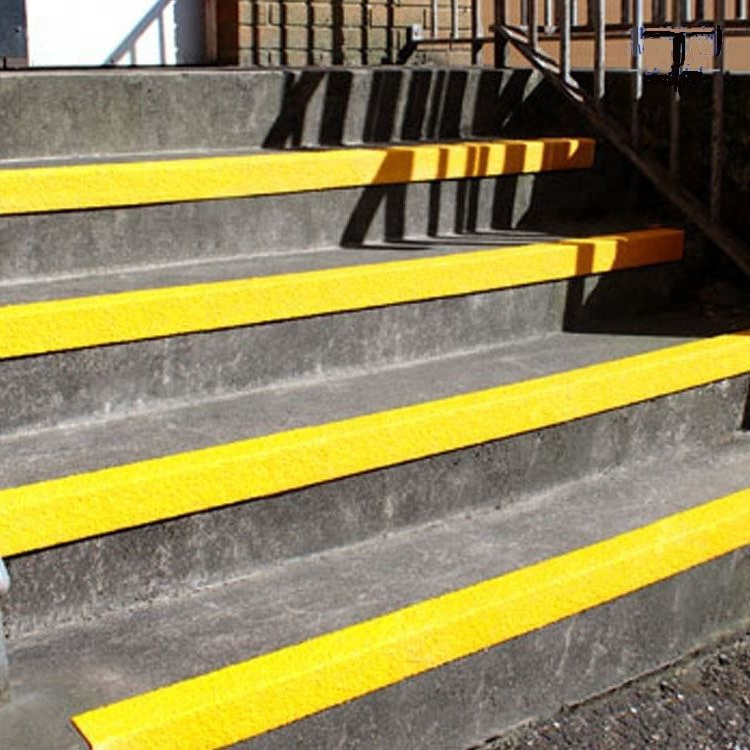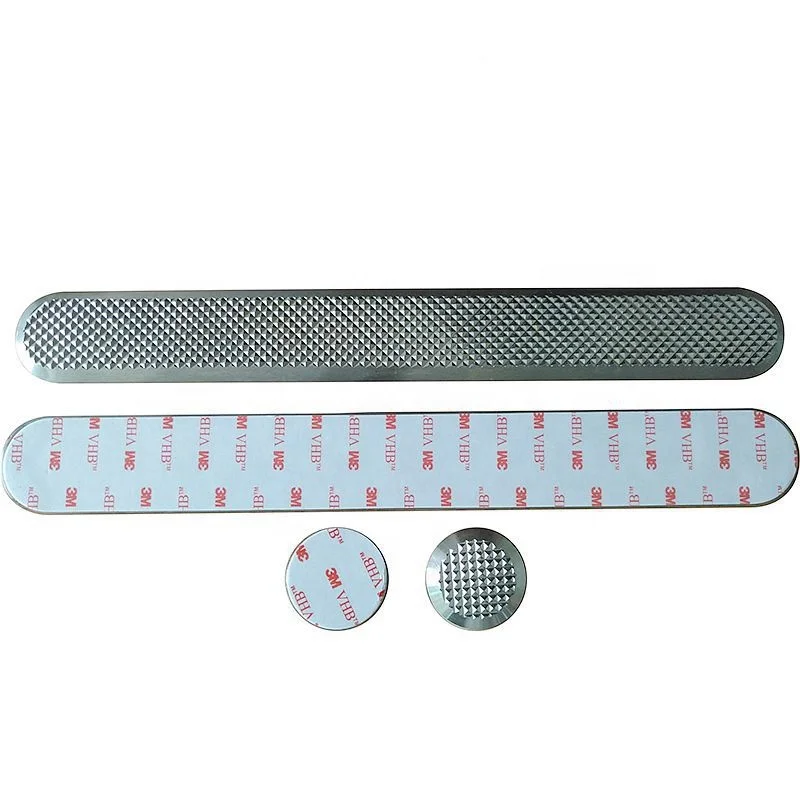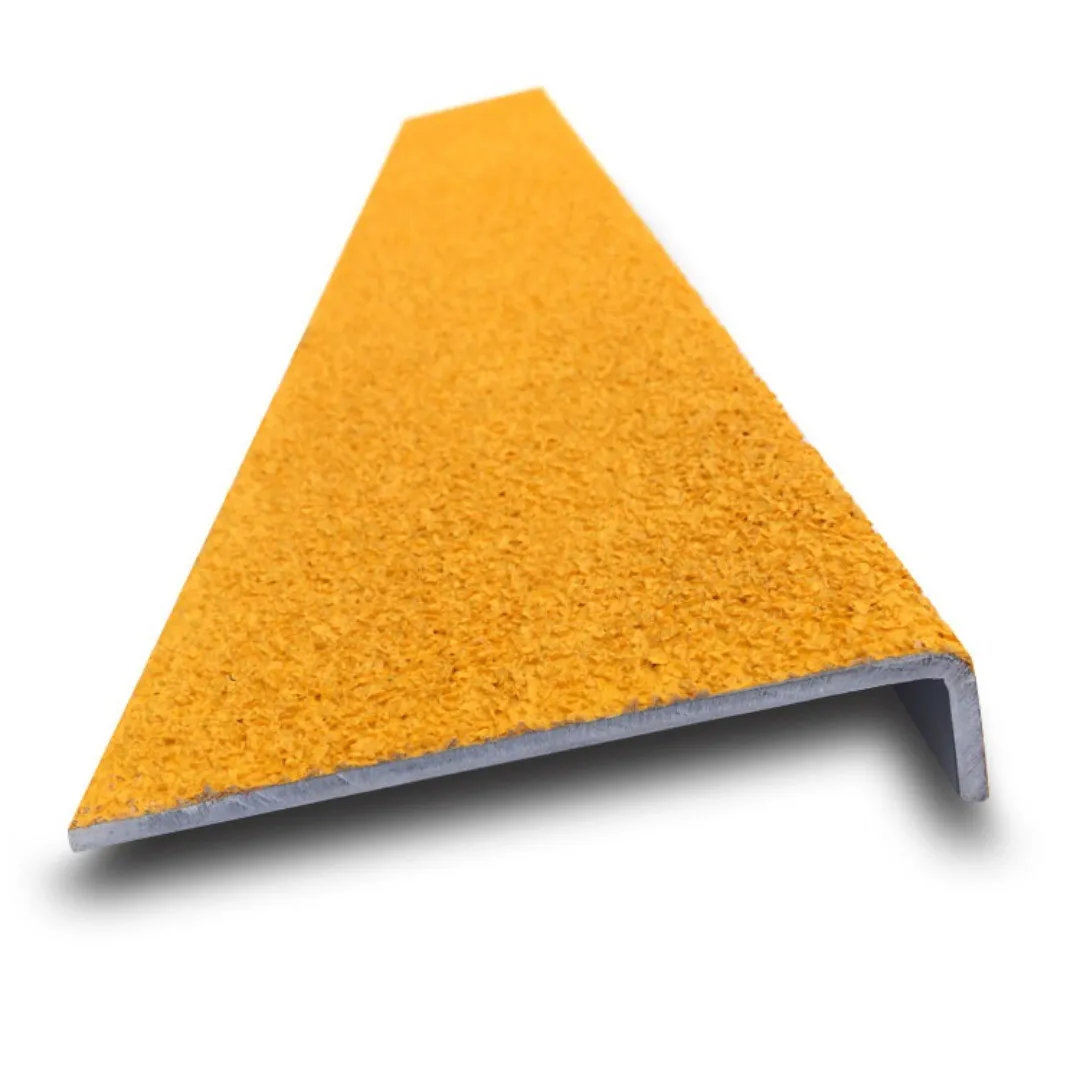
Great things in business are never done by one person. They’re done by a team of people. We have that dynamic group of peoples

The Benefits of Aluminum Entrance Mattings
Discover The Benefits Of Aluminum Entrance Mattings: durability, easy maintenance, slip-resistance and aesthetic appeal, in our comprehensive guide.

The focus points for Aluminum Entrance Mattings
The choice of aluminum entrance mats should be both practical and integrated with environment. Today discuss the points when making aluminum entrance mats.

5 Key Features of FRP Stair Tread Covers
FRP stair tread covers are designed to endure harsh environment for over 20 years. The inclusion of ultraviolet inhibitors and nexus mats enhances anti-aging.




